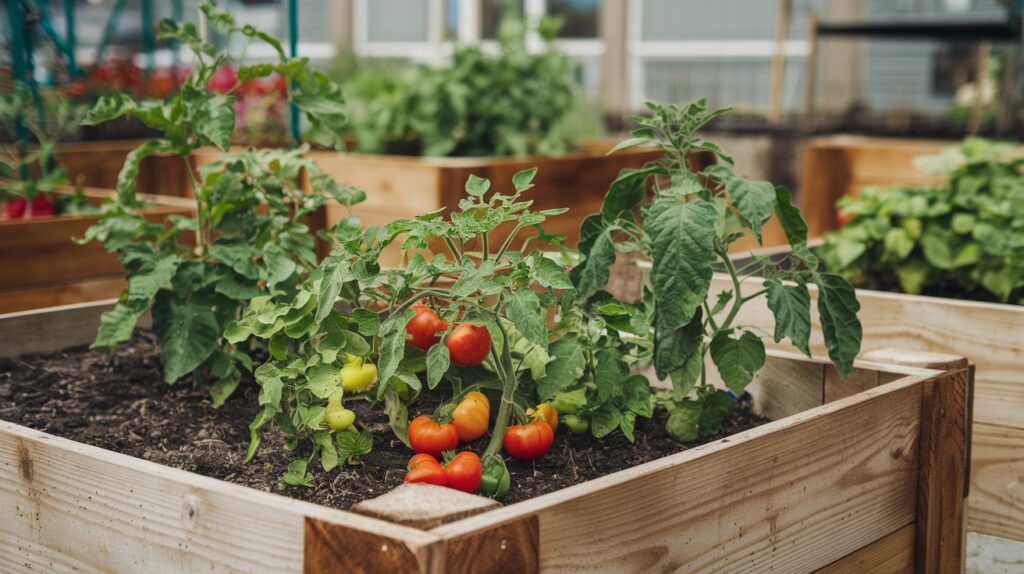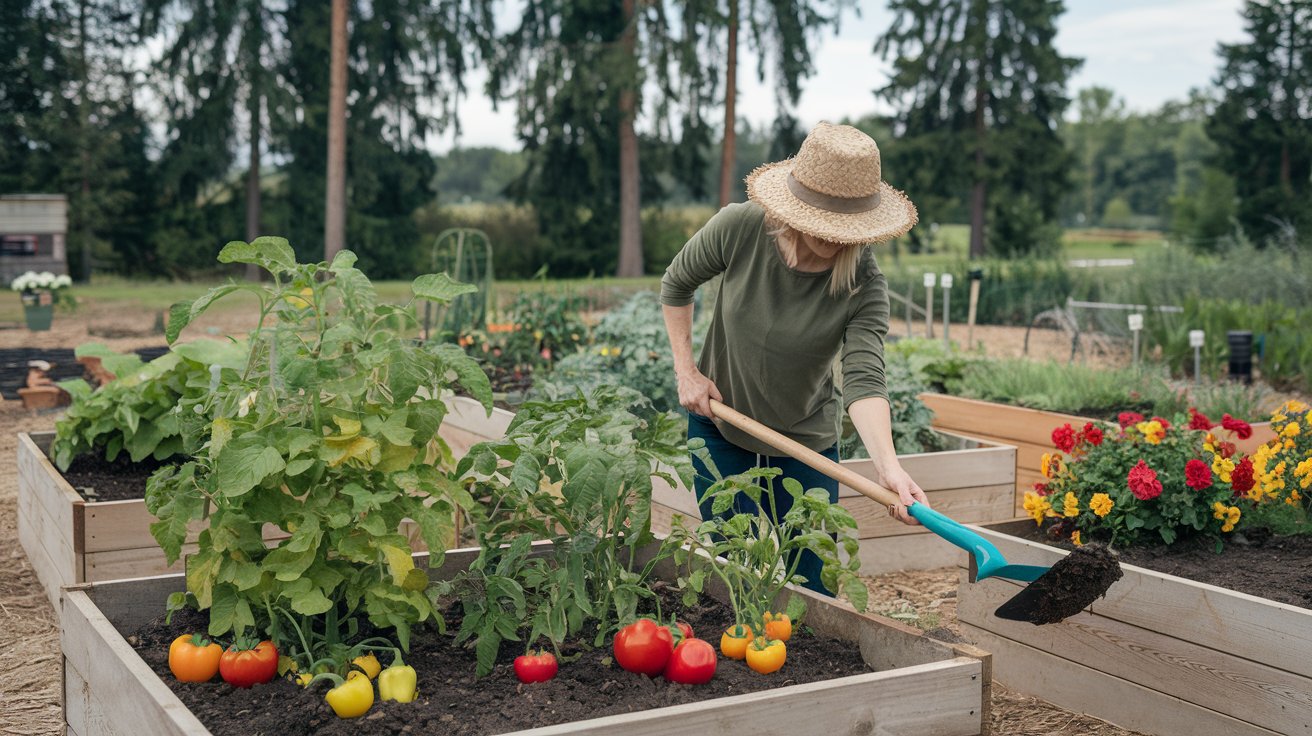In the world of gardening, innovative methods are constantly emerging to maximize productivity and efficiency. One such method that has gained traction among home gardeners is the Gardenary Planting Method. Developed from a combination of permaculture principles and traditional gardening techniques, this method focuses on enhancing soil health and promoting plant synergy. Drawing from my extensive experience in home gardening, I’ll break down the Gardenary Planting Method, its benefits, and how you can implement it in your raised garden beds.
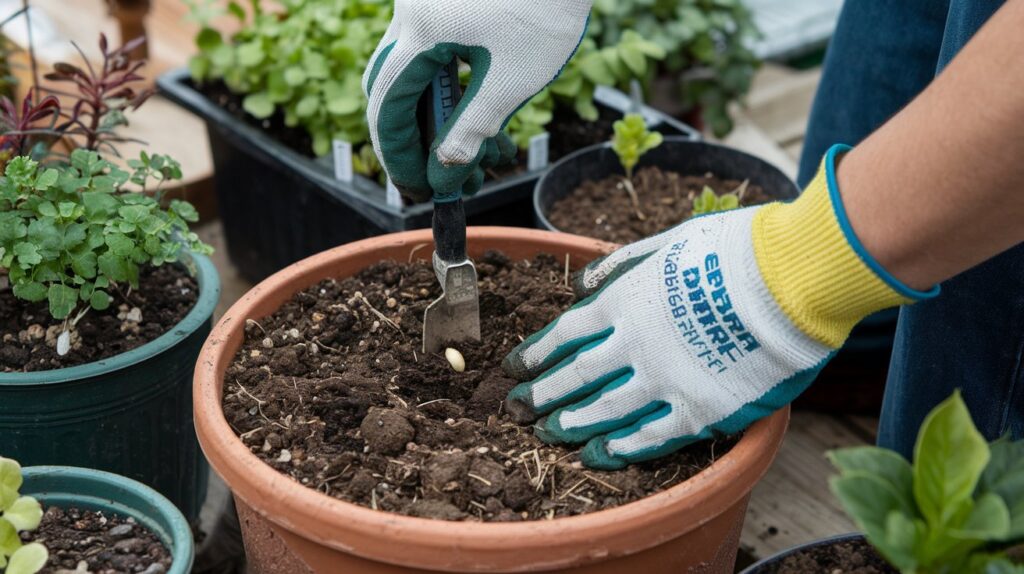
Table of Contents
1. Understanding the Gardenary Planting Method
The Gardenary Planting Method emphasizes three key principles: diversity, soil health, and companion planting. By integrating these elements, you can create a thriving ecosystem within your raised garden beds.
Diversity
Diversity in your garden means planting a wide variety of plants rather than focusing on a single crop. This approach helps reduce pests and diseases and supports beneficial insects.
- Crop Rotation: Regularly changing the types of crops you plant in specific areas can prevent soil depletion and reduce pest buildup.
- Interplanting: Mix taller plants with shorter ones. For example, grow sunflowers alongside beans; the sunflowers provide support for the beans while attracting pollinators.
2. Enhancing Soil Health
Healthy soil is the foundation of any successful garden. The Gardenary Planting Method encourages practices that improve soil structure, fertility, and moisture retention.
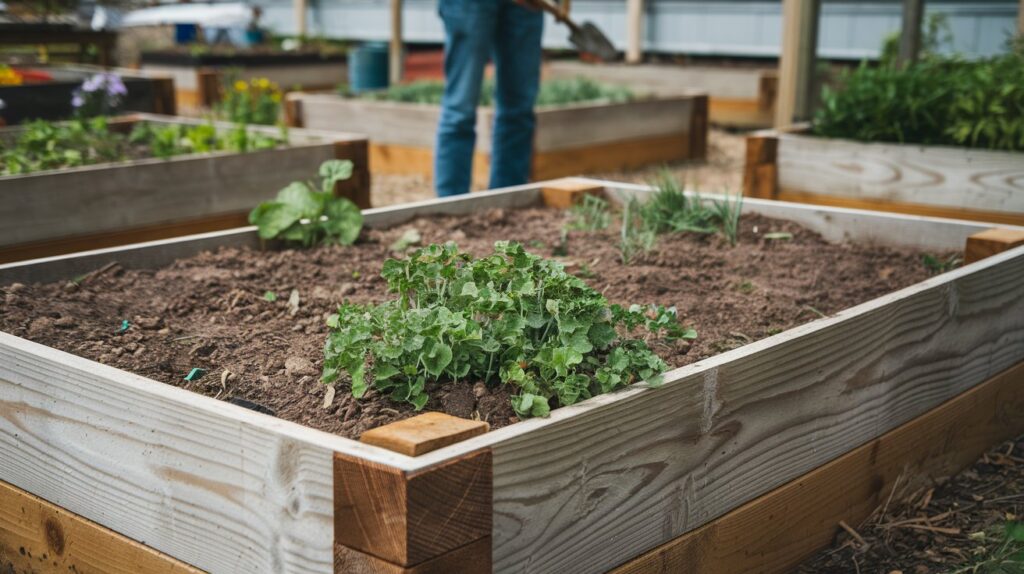
Soil Amendments
Incorporate organic materials such as compost, well-rotted manure, and mulches to enrich your soil. These amendments will enhance nutrient availability, improve soil structure, and foster beneficial microbial life.
- Composting: Set up a compost bin to recycle kitchen scraps and garden waste, creating nutrient-rich compost for your raised beds.
- Mulching: Apply a layer of organic mulch around your plants to retain moisture, suppress weeds, and add nutrients as it breaks down.
Soil Testing
Regular soil testing can help you understand your soil’s nutrient levels and pH, enabling you to make informed decisions about what amendments to add.
3. Implementing Companion Planting
Companion planting involves growing different plants together that can benefit each other. This practice is a cornerstone of the Gardenary Planting Method.
Benefits of Companion Planting
- Pest Control: Certain plants can deter pests when grown nearby. For example, marigolds are known to repel nematodes and aphids.
- Nutrient Sharing: Some plants can enhance nutrient uptake for their neighbors. For instance, planting nitrogen-fixing legumes like peas or beans alongside heavy feeders such as corn can benefit overall soil health.
Examples of Companion Planting
- Tomatoes and Basil: Basil not only enhances the flavor of tomatoes but also repels pests like hornworms.
- Carrots and Onions: The strong scent of onions helps mask the smell of carrots, reducing the chances of carrot flies.

4. Implementing the Method in Your Raised Garden Beds
Step 1: Plan Your Layout
Begin by sketching a plan for your raised beds. Consider the mature size of each plant, their sunlight requirements, and their growth habits.
- Zoning: Allocate specific areas for different plant families. This method helps simplify crop rotation and pest management.
Step 2: Prepare Your Soil
Before planting, enrich your soil with compost and organic matter. Make sure your raised beds have proper drainage to avoid waterlogging.
- Soil Layers: Create a layered effect in your beds, with coarse materials like gravel at the bottom for drainage, followed by a mix of compost and garden soil.
Step 3: Choose Your Plants
Select a mix of compatible plants that will thrive together. Use the companion planting guidelines mentioned earlier to enhance your planting strategy.
Step 4: Regular Maintenance
Monitor your garden regularly for pest activity and nutrient levels. Adjust your watering schedule based on the needs of your plants, especially during dry spells.
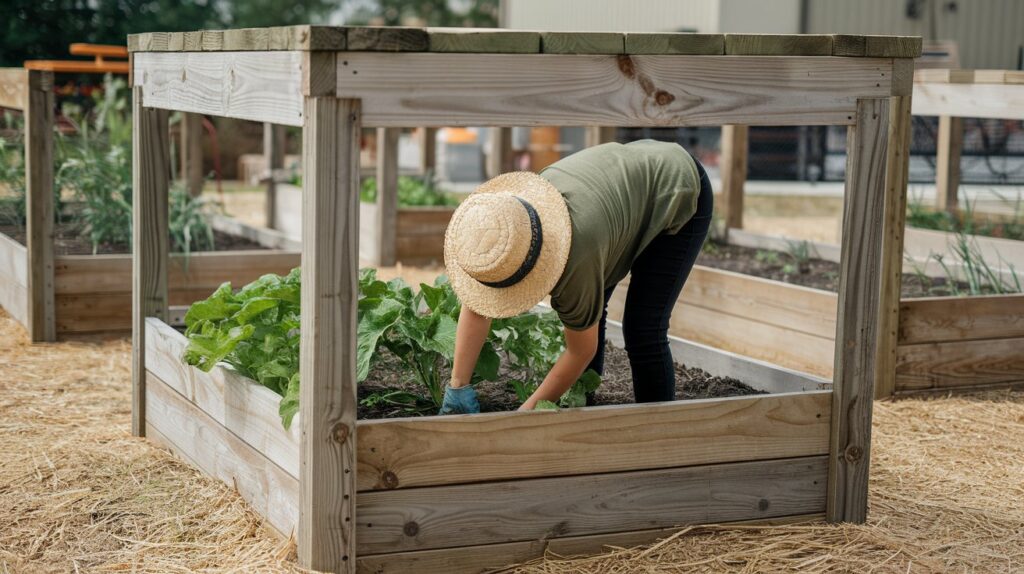
5. Benefits of the Gardenary Planting Method
- Increased Yield: By promoting plant synergy and biodiversity, you can achieve higher yields from your raised beds.
- Healthier Plants: Healthy soil and companion planting can lead to stronger, more resilient plants less susceptible to diseases and pests.
- Sustainable Practices: The emphasis on organic amendments and natural pest control promotes sustainable gardening practices, reducing your reliance on synthetic chemicals.
6. Final Thoughts
The Gardenary Planting Method offers a holistic approach to gardening that not only enhances productivity but also fosters a healthier environment for your plants. By incorporating diversity, focusing on soil health, and utilizing companion planting, you can create a vibrant and sustainable garden in your raised beds.
